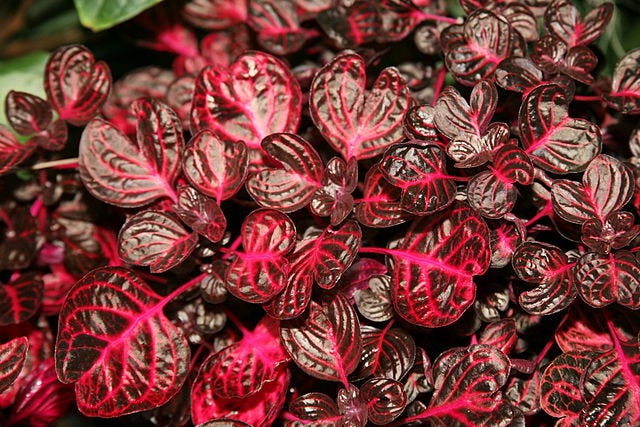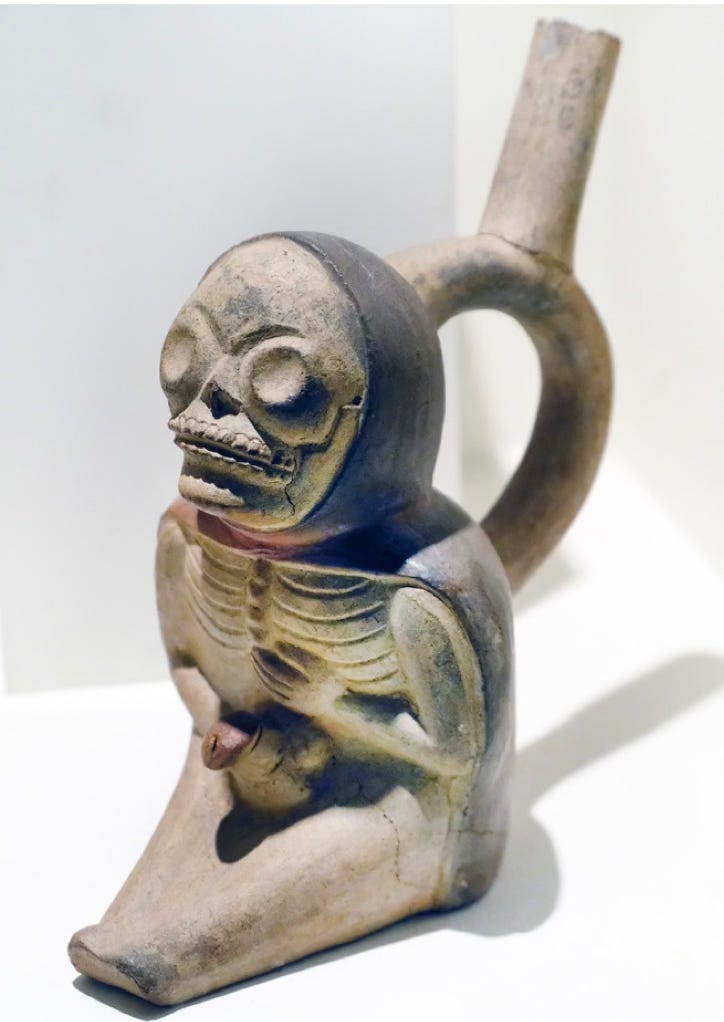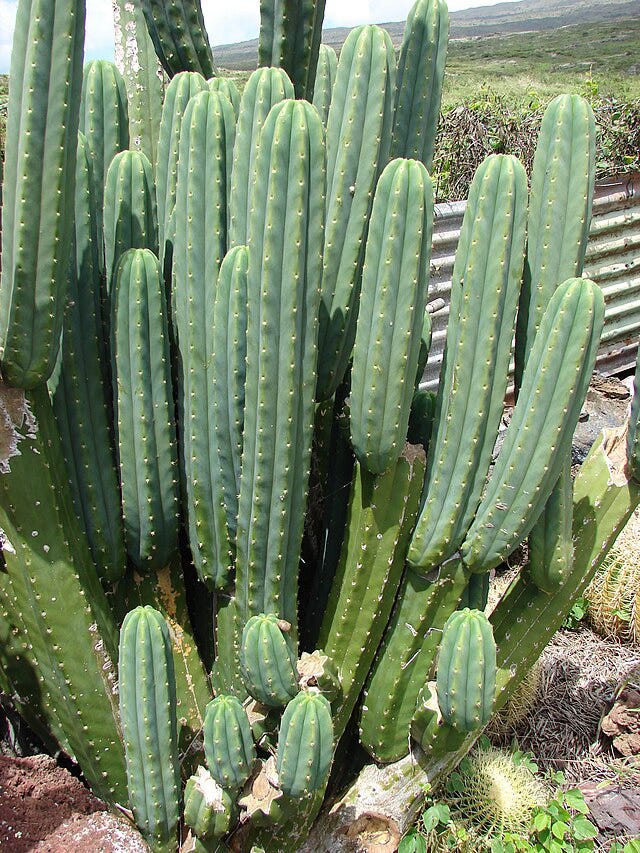Native to Brazil but common throughout South America this vampire bait is also known as Herbst’s bloodleaf, the beefsteak plant, chicken gizzard, and cimora señorita (more on this one later). Not gonna lie, I don’t know what a chicken gizzard looks like, but I guess not the gooey gelatinous pink of supermarket chicken? (I’m vegetarian, all meat looks vaguely menacing)
I didn’t come up with a wealth of information on this plant, but what I did find is really interesting and is going to take us back in time to the Moche civilization before we jump back into modern day. Moche (or I saw Mochica in older sources) lived in northern Peru from about 100 CE (using CE, aka Common Era, since I didn’t get raptured and I’m bitter) to 800 CE. They were an agricultural people who built extensive and sophisticated irrigation systems to divert water from rivers to their crops. While they did not develop written language their pottery is among the most varied in the world with a wide range of sizes, shapes, and themes. Moche ceramics were made using mold technology and then painted with scenes that depicted important social themes like agriculture, war, metalwork, weaving, shamanism, and erotica. It’s completely irrelevant to this post, but much of their pottery was very very sexy and depicted everything from oral sex, to gay sex, to this skeleton masturbating.
ANYWAY, what we’re really interested in is the shamanism. According to a paper by Marlene Dobkin De Rio, Moche shamans used different concoctions of hallucinogens to for divination and other ritual purposes. While the infamous, mescal-producing, San Pedro cactus is frequently pictured on pottery, it’s likely that Iresine herbstii was used in conjunction with it.
Some of the best evidence for this are actually modern day Peru’s curanderos. These healers still make frequent use of San Pedro for ritual purposes. Called cimora, the San Pedro concoction is used for divination, diagnosing, healing, and protection, among other things. I’m vastly simplifying here as the curandero(a)/brujo(a) role in Peruvian society is really important and complex, but a curandero will drink cimora and the subsequent visions received will lead them to a diagnosis and cure for their client. If you’re interested in a more in-depth look at specifically the botany aspect, I read V. De Feo’s paper here.
Cimora isn’t typically only comprised of San Pedro, though, curanderos will mix other plants in with it to achieve specific effects. These are often other hallucinogens and it is important to note that the role of curandero is inherited so a lot of experience and training goes into deciding things like mixtures and dosages. Different plants serve different healing functions within the curanderos’ formulary and Iresine herbstii, aka cimora señorita, is one of the plants used in black magic. I couldn’t find any additional information, but cimora señorita is a class of plants that, according to De Feo, are used to “promote ‘suchaduras’, they suck the vital spirit from the enemy, causing psychological and physical disorder until death occurs.” Soo very vampiric. What’s not to love?
There is some science to corroborate the use of Iresine herbstii as a psychedelic. According to a few different studies it binds to the 5-HT receptor, a seratonin receptor, and to D1, a dopamine receptor. Essentially, señorita gonna make you feel good. Maybe like you’ve got your enemy’s life force surging through you? Maybe. Anyway. I have no idea how it’s prepared or which part of the plant is used or what dosage might be safe, how it’s ingested… what I’m saying is before you raid your neighbor’s yard (because yeah this is definitely also sold as a landscape plant), well maybe don’t.
If you want a safer, less possibly brain-destroying vampire use for chicken gizzard, it is also very commonly used to treat skin conditions like eczema.
Ok I guess we ended on a much less sexy note than we started. I just go where the plants take me….
Hey there! Here’s how plant horror in the coven works:
First week of the month - The Lab (that’s this post!) - Free for everyone.
Second week of the month - The Witch Lab (a short, horror piece from a plant witch’s journal detailing one of her experiences helping (I use the term loosely) a client using the featured plant of the month - New episodes are free! The back catalogue is going to remain paywalled largely because un-paywalling it is time consuming and I am busy doing horrifying things.
Third week of the month - The Grim Grimoire (an entry from The Witch’s spell book detailing how she uses this plant for her dark magic including spells, chants, recipes, instructions, and more). The text version of this will be free, but a digital zine version will go out to paid subscribers. The back catalogue will remain paywalled for the reason stated above.
Fourth week of the month - 100% Plant-Based Horror story featuring the month’s plant. These are longer stories that include everything from ghosts, to parasites, aliens, experimental supplements, monster trucks, extinct species, serial killers, and more! - Paid subscribers only, here’s a freebie you can read to check it out!






My niece just got back from Peru and she didn't say anything about masturbating skeletons or vampiric cactus juice potions. Wonder what else she's holding back.
Thanks for the info, looking forward to the story...